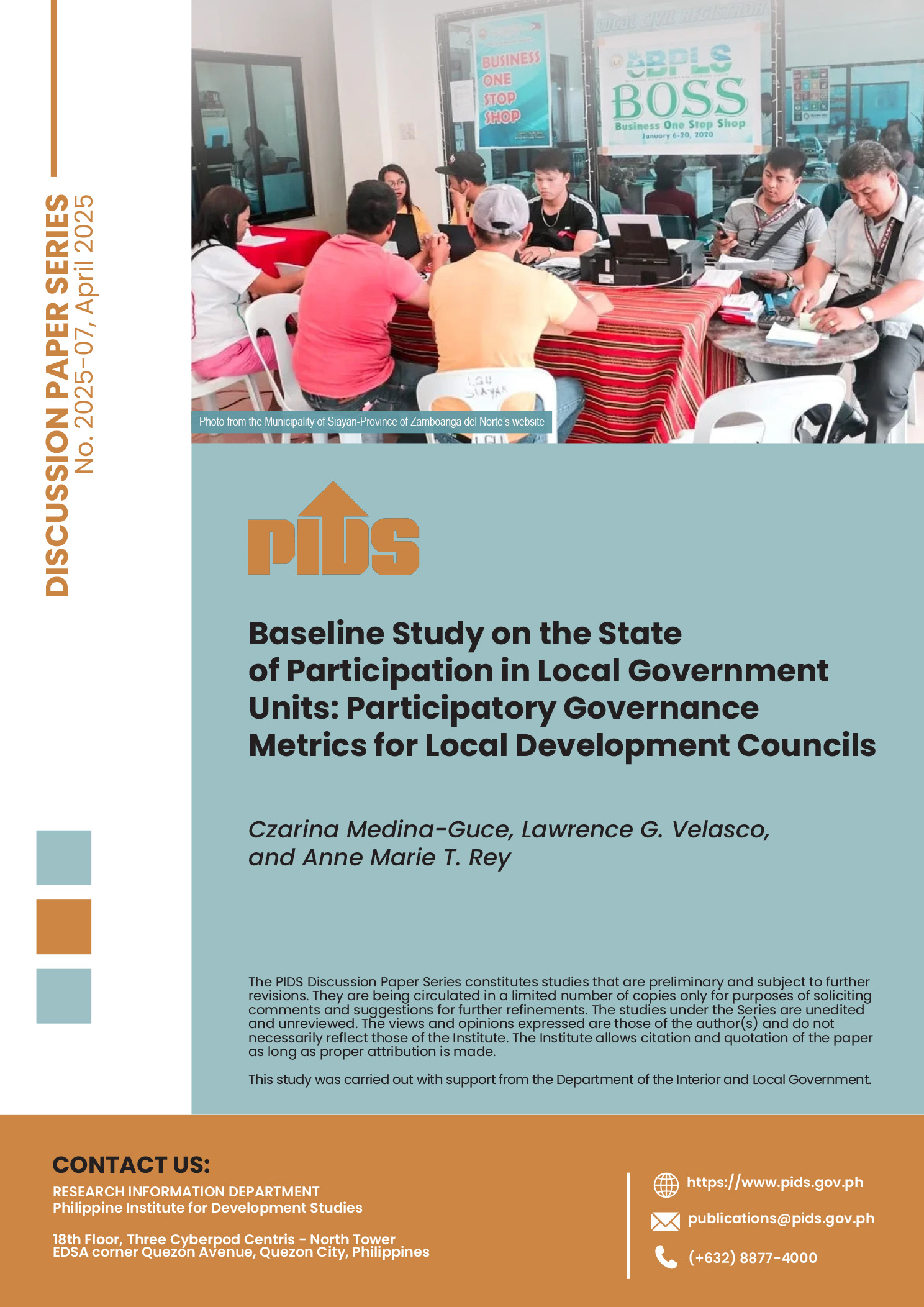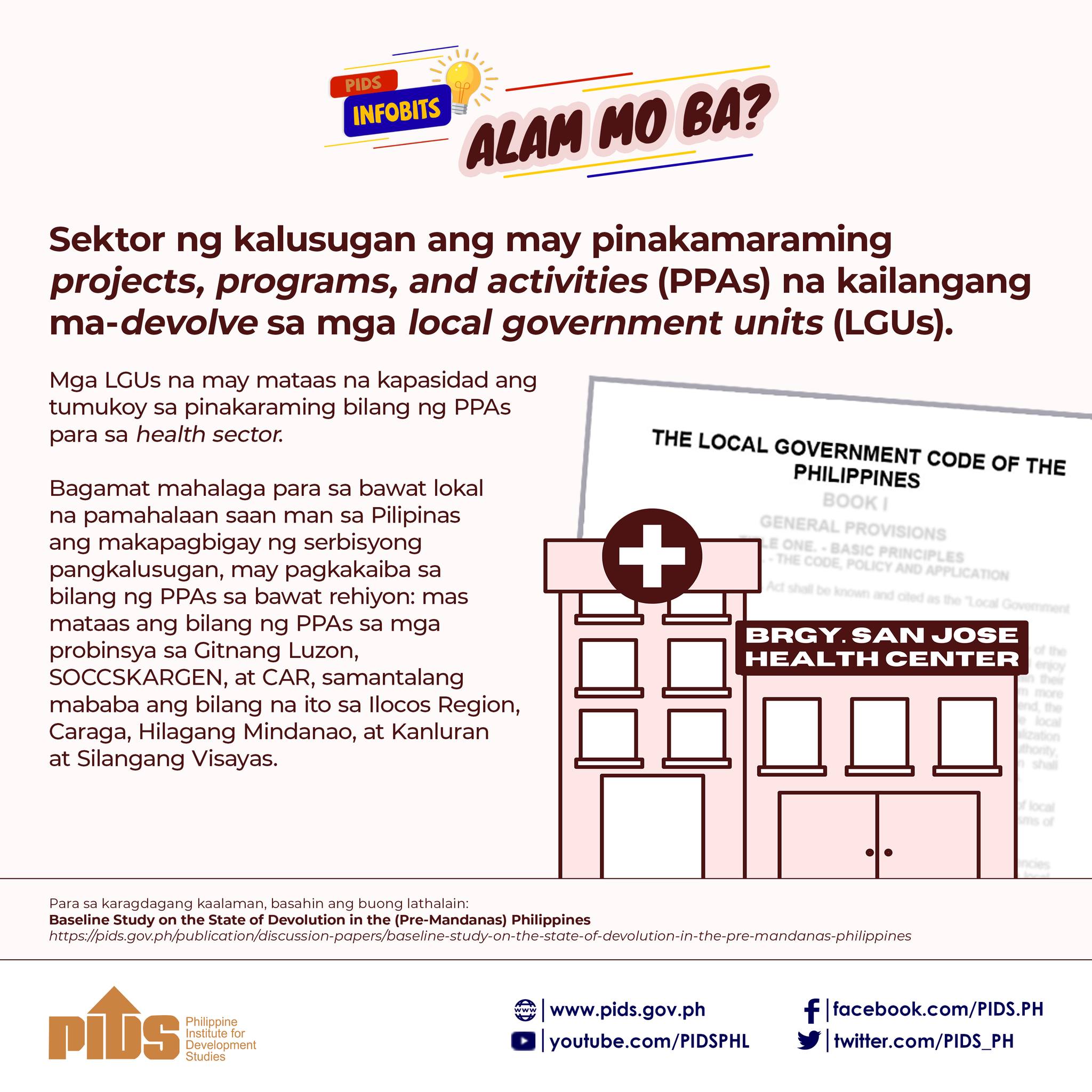Poor targeting and other implementation problems could lead to leakages in the government’s Community Mortgage Program (CMP), according to a study released by the Philippine Institute for Development Studies (PIDS).
In a study titled "An Assessment of the Community Mortgage Programs of the Social Housing Finance Corp. (SHFC),” authors, led by PIDS research fellow Marife Ballesteros, said reforming the CMP is necessary to improve the program.
"The potential leakage from the above CMP processes requires SHFC to be proactive in targeting communities and households, and to implement a subsidy mechanism that will protect the poor and near-poor from being dislodged from the program,” the authors stated.
The CMP, the authors explained, is a financing scheme that enables organized residents of slums to borrow for land purchase and housing development.
The authors said the CMP, as a program, allows nonresidents of communities it serves to avail themselves of the loans.
Under the CMP, for on-site projects, around 15 percent of community association (CA) members can be nonresidents of the community.
For off-site projects, the CMP allows that 70 percent of CA members can be composed of households that lived elsewhere.
"Since the decision to include/exclude households is made primarily by CA officers, there is a high probability of inclusion of households, specifically in off-site projects that are not the target beneficiaries of CMP,” the study stated.
The study added that the SHFC also gives CAs the responsibility to substitute beneficiaries based on nonpayment of amortizations.
The PIDS researchers said that, while substitution helps prevent foreclosure through litigation process, it may cause poor households, who need the CMP, to be booted out of the program.
"The poor may actually be the ones defaulting in payments and getting substituted in the program. Moreover, substitution requires the ‘new’ member to update the loan and pay the arrearages; it is unlikely that poor household can provide these funds,” the authors said.
Further, the PIDS study said the prohibitive cost of land in urban areas has increased and is now higher than the maximum loanable amount per household.
This now requires borrowers to extend equity from their own pockets just to purchase the property. The study warned that poor households may not be able to raise the required equity.
There are also problems with loan repayments, since only about 25 percent of the member-beneficiary accounts are current.
The study added that over 50 percent of the aging individual accounts are past due and the rest, or remaining 25 percent, are either under litigation, remedial action or restructured.
"Considering that CMP is the main loan product of the SHFC and that the agency’s operations are sustained primarily by interest income from loans, the sustainability of the program is at risk,” the study stated.
The CMP was created to address the pervasiveness of slum dwelling in the Philippines. Based on the Family Income and Expenditure Survey, the government estimated that the number of informal-settler families in the country grew 7.2 percent annually between 1991 and 2012.
The growth rate was highest in the National Capital Region, or Metro Manila, Zamboanga Peninsula, Calabarzon and Central Visayas, which are also the highly urbanized areas or regions exhibiting fast pace of urbanization.
The Cordillera Administrative Region (CAR) exhibited growth of 40 percent annually in the same period. While the proportion of informal-settler families in the CAR represents only 0.1 percent of the total, this growth is alarming, the study noted.//
PIDS: Government needs to tweak mortgage program for poor












